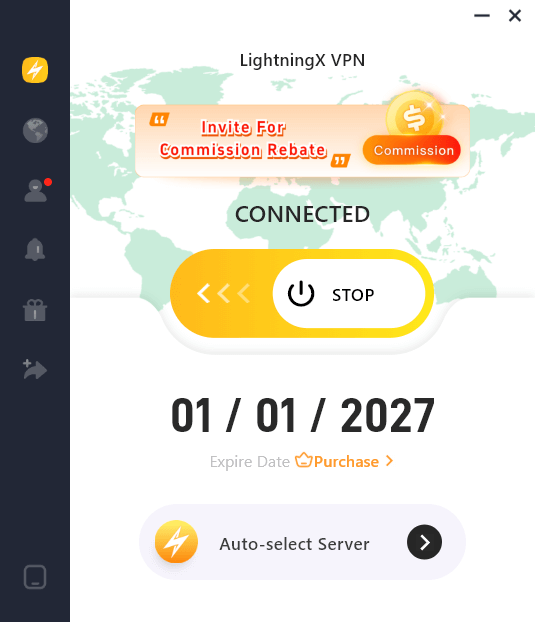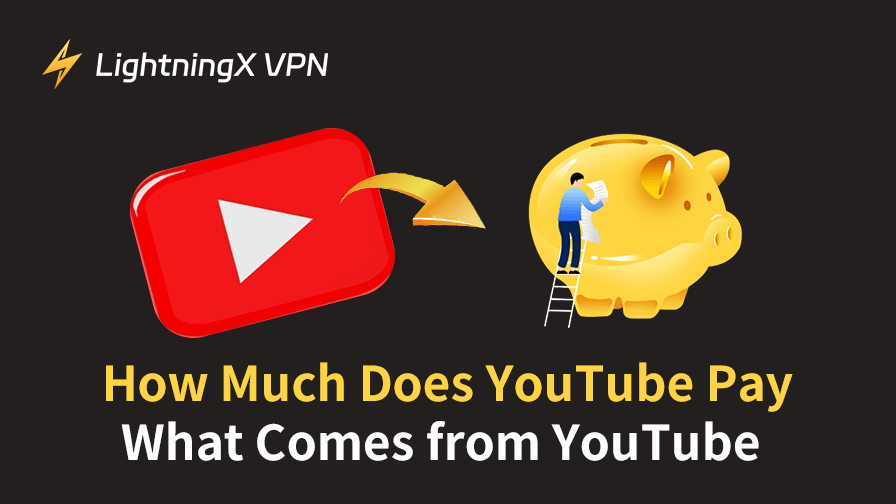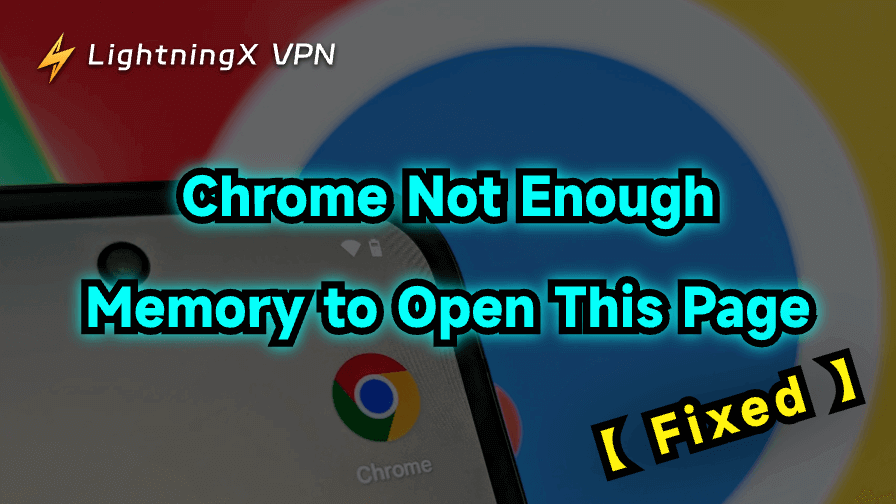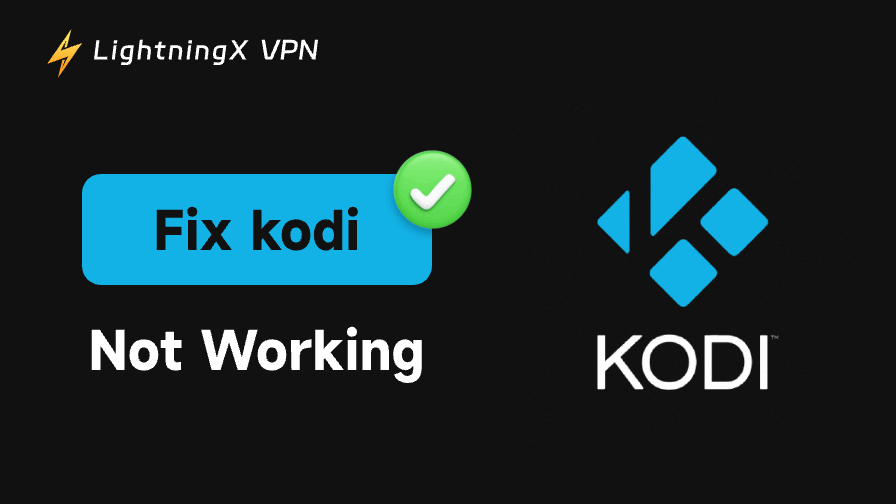Many people ask “how much does YouTube pay”, but the answer isn’t just about views or subscribers. From ads to Premium, memberships to sponsorships, YouTube income comes in many forms. This article breaks down what creators actually earn and why the numbers vary more than you’d expect.
How Much Does YouTube Pay (Official Sources)
YouTube offers several built-in ways for creators to earn money. But how much does YouTube pay? The answer depends on the features you use and the kind of audience you attract.
Let’s break down how to make money on YouTube from YouTube itself:
AdSense: The Core of YouTube Income
This is the most well-known source of income for YouTubers. AdSense pays you for the ads that appear before, during, or after your videos.
- How it works: You get paid based on CPM – that is, cost per thousand ad impressions.
- Not paid per view: Not every video view generates income. Viewers must watch or engage with ads.
- Typical range: CPM varies widely, from $1 to over $20 depending on niche, audience location, and video length.
To earn money through ads and other features, you need to follow YouTube’s rules and policies. You can find all the official eligibility criteria and guidelines in the YouTube channel monetization policies.
YouTube Premium Revenue
YouTube Premium subscribers don’t see ads. But you still earn money when they watch your content.
- How it works: You’re paid based on how much time Premium users spend watching your videos.
- The more they watch, the more you earn.
Since Premium users pay a monthly fee, many creators wonder how much YouTube Premium costs and whether enough viewers are subscribed to it to make a difference. The good news? Even a small percentage of Premium views can add up over time.
Channel Memberships
Once your channel is eligible, you can offer monthly membership perks to fans for a fixed subscription fee (like custom badges, exclusive content, or early access).
- How it works: Fans choose to support your channel monthly.
- YouTube takes a cut (usually 30%), and the rest is yours.
Memberships, however, are only available after meeting certain platform requirements – something that’s addressed early in the process when learning how to start a YouTube channel, where setup decisions can influence long-term monetization options.
Please note that before enabling memberships, you need to comply with the relevant terms in the YouTube Creator Policies and Guidelines.
Live Stream Features (Super Chat & Super Stickers)
If you stream live, fans can support you in real-time using Super Chat or stickers during broadcasts.
- How it works: Viewers send you money in exchange for having their messages highlighted.
- Great for creators who interact often with their audience during live shows.
Want real numbers? Full-time YouTubers share their experiences here → [How Much YouTube REALLY Paid Me]
Tip: To maximize their earnings, creators often need reliable tools to reach and engage a global audience.

For example, LightningX VPN helps creators bypass regional restrictions and access content worldwide quickly and securely.
This means they can research trends, manage their channels, and interact with fans without geographic barriers – an essential advantage in today’s connected creator economy.
How Much Does YouTube Pay Per Subscriber?
A common misconception is that YouTube pays creators directly for gaining subscribers. In reality, YouTube does not pay per subscriber, at least not in a direct way.
You could have 100,000 subscribers and still make very little money if your videos don’t get views or if they aren’t monetized.
That said, subscribers do influence your earnings indirectly:
- Higher subscribers = more potential views, which can boost your AdSense revenue.
- A loyal subscriber base is more likely to support your channel memberships, buy products, or contribute during live streams.
- Brands often look at subscriber count when deciding on sponsorship deals.
So while each subscriber doesn’t earn you money directly, the value of a subscriber lies in their engagement – how often they watch, click, and support your content.
How Much Does YouTube Pay Per View?
YouTube doesn’t pay per view directly, it pays per 1,000 ad impressions, a metric known as CPM (Cost Per Mille). Here’s how it breaks down:
What’s the Average YouTube CPM?
- Global average CPM: $1 – $4
- United States / Tier 1 countries: $6 – $12
- High-paying niches (finance, business, tech): $10 – $20+
- Low-paying niches (entertainment, memes): $0.5 – $2
Important: Not every view counts as a monetized view. Typically, only 40–60% of total views are monetized, depending on factors like region, ad blockers, and viewer behavior.
How Much Does YouTube Pay Per 1,000 Views (Rough Estimate)?
Using average monetization rates:
| Total Views | Monetized Views (Est. 50%) | CPM | Estimated Revenue |
| 1,000 | 500 | $2 | $1 – $2 |
| 10,000 | 5,000 | $3 | $5 – $15 |
| 100,000 | 50,000 | $5 | $50 – $250 |
| 1,000,000 | 500,000 | $7 | $700 – $3,500+ |
Example: A tech reviewer in the U.S. with a $10 CPM and 1 million views (with 60% monetized) could earn around $6,000 from ads alone.
Does More Views Mean More Money? Not Always
While high view counts can certainly drive traffic, they don’t always translate to high earnings, especially if the content isn’t built for monetization.
Content Type Matters – A Lot
One of the biggest factors influencing how much you earn on YouTube is the type of content you create.
Comedy or light entertainment videos often get a lot of views, but advertisers may not pay as much for these because the audience isn’t always in a buying mindset.
As a result, the CPM (cost per thousand views) tends to be lower, often between $1–$4.
In contrast, finance, tech, or educational content tends to attract viewers who are more likely to spend money or engage with specific products. Advertisers love this, so CPM rates can be significantly higher, sometimes $8–$20 or more.
More formal content, such as what you’d find on YouTube TV Channels, often attracts higher-value advertisers as well, especially in niches like news or sports where viewer intent and engagement are strong.
Viewer Behavior Plays a Role
Not just about the content itself, it’s also about how viewers interact with it. For example:
- Someone watching a tutorial or product review is more likely to click on a link or buy something.
- A person casually watching a funny clip might skip ads or leave quickly, resulting in low engagement and limited revenue.
- Toxic or disruptive comments can also hurt community engagement and retention. Viewers who skip ads or leave quickly reduce your revenue. Negative interactions can also hurt your channel’s growth. That’s why many creators eventually learn how to block YouTube channels to keep their space positive and focused.
- Sometimes, slow loading or glitches can reduce watch time. Issues are often fixed by clearing the YouTube cache.
Not All “Low-CPM” Channels Are Unprofitable
That said, entertainment-based channels can still earn well if they’re creative with monetization:
- Sponsorships and brand deals
- Merch sales or paid shoutouts
- Live streams with Super Chats or memberships
- Patreon or Ko-fi for fan support
In some cases, a strong personal brand and loyal audience can outperform raw ad revenue alone.
What You Can Earn Outside of YouTube (Third-Party Income)
Besides YouTube’s official payouts, many creators diversify their income through external platforms and brand collaborations. These can sometimes earn even more than AdSense, as some audiences begin exploring free YouTube alternatives, changing how and where content is consumed.
Brand Deals & Sponsorships
Companies pay you to promote their products in your videos. These deals are often negotiated privately and can vary greatly in price depending on your reach and influence.
Affiliate Marketing
You promote a product and earn a commission every time someone buys it using your link.
- Examples: Amazon Associates, Skillshare, or other product-based affiliate programs.
- It works best if your audience trusts your recommendations.
One underrated niche? Digital privacy tools like VPNs. For example, many tech or lifestyle creators successfully partner with LightningX VPN – a fast, secure service that helps users protect their data and access global content.
It’s a product that audiences genuinely need, and the affiliate payouts can be generous if you’re reaching viewers who care about privacy or global accessibility.
Crowd Funding / Donations (e.g., Patreon, Ko-fi)
Platforms like Patreon or Ko-fi let fans support you outside of YouTube, often in exchange for behind-the-scenes access, bonus content, or even just goodwill.
Selling Products or Courses
Many creators sell merchandise, digital products, or even online courses. These are fully independent of YouTube and allow for more profit control.
- Think t-shirts, eBooks, photography presets, or coaching sessions.
- A solid personal brand can turn your YouTube audience into paying customers.
For Aspiring YouTubers
You might be wondering: “How much does YouTube pay?” But maybe the better first question is: “How creative can I be?”
Your income on YouTube isn’t just about views, it’s about how smartly you use the tools available and how you build connections beyond the platform. If you’re consistent, strategic, and focused on creating value, you’ll likely find more than one way to turn content into income.
Final Thoughts
By now, you should have a rough idea of “how much does YouTube pay”. Of course, that doesn’t mean hitting certain numbers in views or subscribers will directly translate into a fixed amount of income. Sometimes it turns out to be less, but there’s also room for more possibilities.
A lot depends on your creativity, your ability to build connections, and sometimes, just pure luck. And being a successful creator doesn’t always mean being the one who earns the most.
Hopefully, all this has given you a clearer sense of what YouTube earnings might look like, or at least, a place to start thinking about it.




















